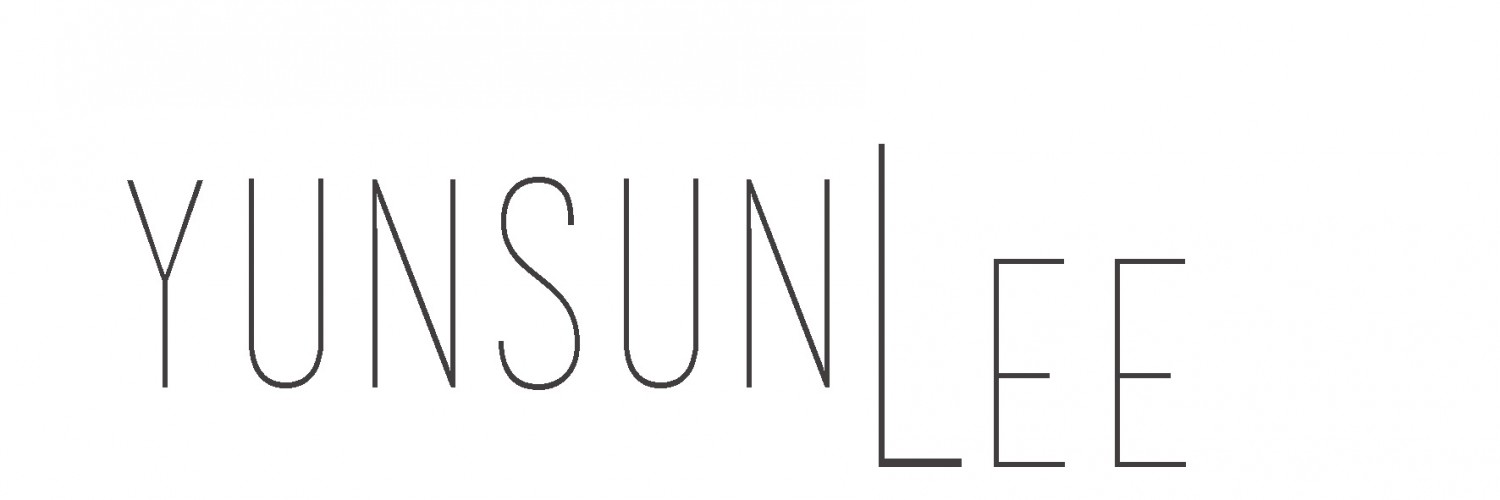This Gucci Advertisement was released in 1996 by the designer Tom Ford. This advertisement depict a female and a male model, that explicitly emphasizes on the sexuality of the female model, which ultimately reinforces the traditional gender norms and expectations of women.
Interestingly, the garment that the female model is wearing hinders the outfit of the male’s. She stands in front of him, showing how the fashion house interprets women’s identity in a social office setting; it suggests that it is dominated by men, and that female in such setting is a rarity. The male model’s outfit and gesture depicts the commanding action thus demonstrating the ‘domination’. In the advertisement that is seemingly placed at an professional work and office setting, it shows the stronger influence the female’s clothing has on a working-class environment, by dressing the female model in a tight knit dress that has a low V-neck cut and a belt. Gucci highly accentuates the features of a women’s body, which demonstrates the purpose or the effect this particular Gucci garment has on females— ability to seduce men, even in a professional office environment. Furthermore, the fact that the male model approaches the female model from the back also suggests the unanticipated act, yet the passive nature of the female model accepting such gesture re-emphasizes the male’s superiority.
The placement of the logo is also significant in terms of placing the attention of the audience right in the middle, where the male model’s hand is inside the female model’s knit, grasping her breast. This clearly demonstrates the advertisement’s intentions. Like how Kaiser states that style-fashion-dress is a “social process”, which individuals think and rely on others as they get dressed, how Gucci portrays women in a sense that by wearing these revealing and tight dress, females can attract white collar working class men.
Unlike the 21st century fashion advertisements, this 1996 Gucci advertisement blatantly showcases the male’s superiority in their social and professional roles and status. If this advertisement had been released recently, it would have brought a detrimental outrage from the audience, as it goes against many of the female rights and values the majority constitute in any field nowadays.

Excellent visual analysis, Aleina! Next time, try to incorporate and explain Kaiser’s idea (or whoever you quote/ reference) in more detail.